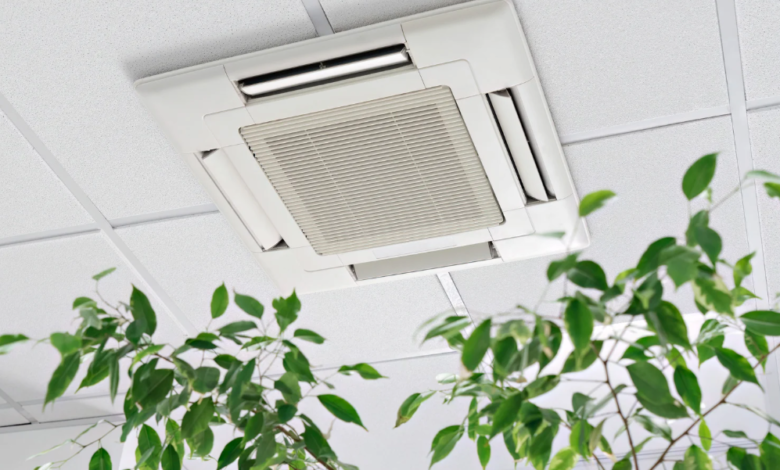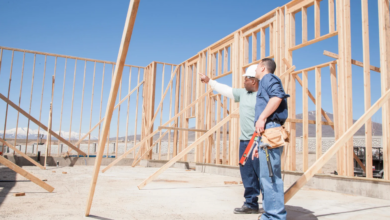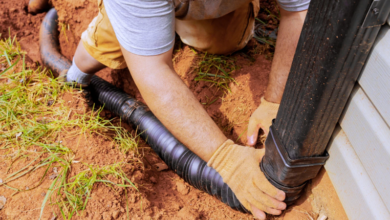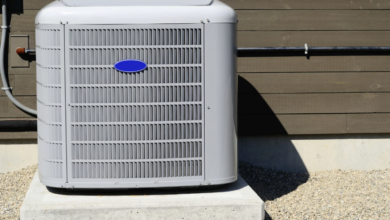Why Professional AC Installation is Crucial for Long-Term System Efficiency

Installing a new air conditioner is more than just plugging in a unit and flipping a switch. It’s a technical process that, when done incorrectly, can undermine the system’s performance from day one. For homeowners prioritizing long-term comfort, energy savings, and minimal repairs, choosing professional AC installation in Dayton is not just a good idea; it’s essential.
When done right, professional installation ensures that your system performs at peak efficiency, aligns with manufacturer specifications, and accommodates the layout and size of your home. Skimping on proper setup often leads to costly inefficiencies and avoidable breakdowns that compromise both comfort and cost.
Avoiding Installation Mistakes That Reduce Efficiency
Even the most advanced AC unit can underperform if installed incorrectly. Common issues include improper refrigerant charging, incorrect unit sizing, and poor ductwork design. These problems don’t just reduce efficiency; they lead to increased wear and tear, higher energy bills, and premature system failure.
Understanding the common AC installation mistakes to avoid is essential, as even minor setup errors can severely impact system performance. Poor installation may restrict airflow, raise indoor humidity, or create uneven cooling zones. For instance, an oversized unit will cycle too frequently, causing temperature fluctuations and unnecessary energy waste. For example, oversized units cycle on and off too frequently, leading to uncomfortable temperature swings and wasted energy.
Professional installers are trained to evaluate the home’s square footage, insulation, and existing duct system before making any decisions. Their approach ensures proper airflow and capacity, both of which are essential for maintaining system efficiency over time.
See also: How Regular Use of a Spinal Decompression Chair Can Prevent Back Pain
Factoring in Regional Climate Considerations
Every region presents its own set of climate-related challenges, and Dayton is no exception. Humid summers demand more than just cooling; they require systems that regulate moisture effectively. A poorly selected or installed unit may cool the space but leave indoor humidity levels dangerously high.
This is where understanding the impact of climate on AC installation choices becomes essential. Technicians account for temperature fluctuations, humidity trends, and even sun exposure when designing the most effective setup. These factors influence unit size, placement, insulation needs, and the ideal SEER (Seasonal Energy Efficiency Ratio) rating for your system.
Professionals also choose materials and configurations that resist wear caused by specific environmental conditions. This climate-aware customization ensures long-term reliability while avoiding overworking the system, especially during heat waves or extended periods of high humidity.
The Long-Term Value of Proper Setup
Correct installation does more than protect your immediate comfort. It sets the foundation for long-term system health, reducing the frequency and severity of repairs over the unit’s lifespan. Efficiently installed systems consume less power, resulting in lower utility bills and a smaller carbon footprint.
Moreover, many manufacturers require professional installation as a condition of warranty coverage. A system that isn’t properly installed may void these protections, leaving you exposed to out-of-pocket expenses should anything go wrong.
Regular inspections and maintenance can keep systems running smoothly, but nothing replaces the importance of getting the installation right from the beginning. The cost of professional installation is far less than the cumulative expense of ongoing fixes caused by cutting corners early on.
Conclusion
Choosing expert AC installation isn’t just about comfort; it’s a strategic decision for efficiency, reliability, and long-term savings. Trained professionals ensure proper unit sizing, error-free setup, and climate-specific design, all of which are essential for preserving system health. Whether you’re upgrading or installing a unit for the first time, the initial investment in professional service pays for itself in performance, reduced energy consumption, and peace of mind.





